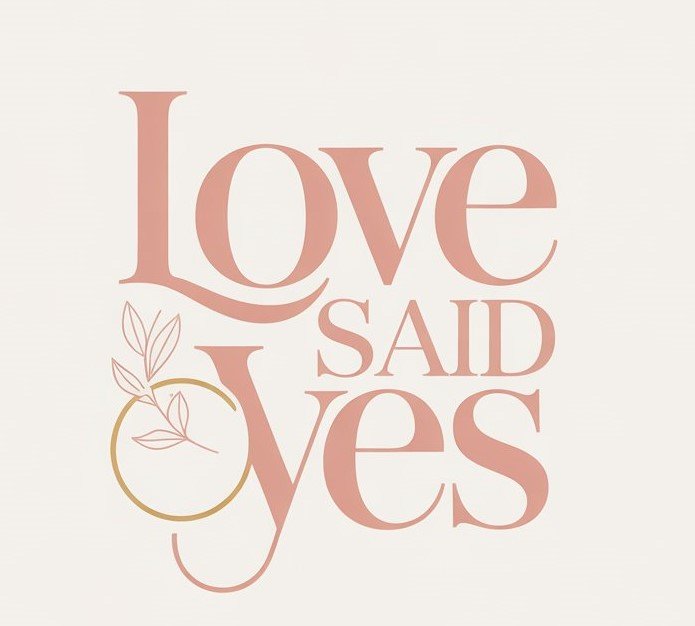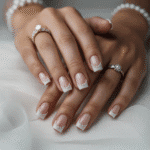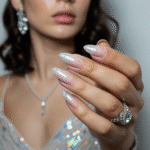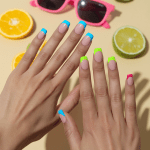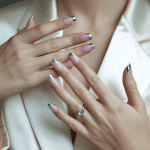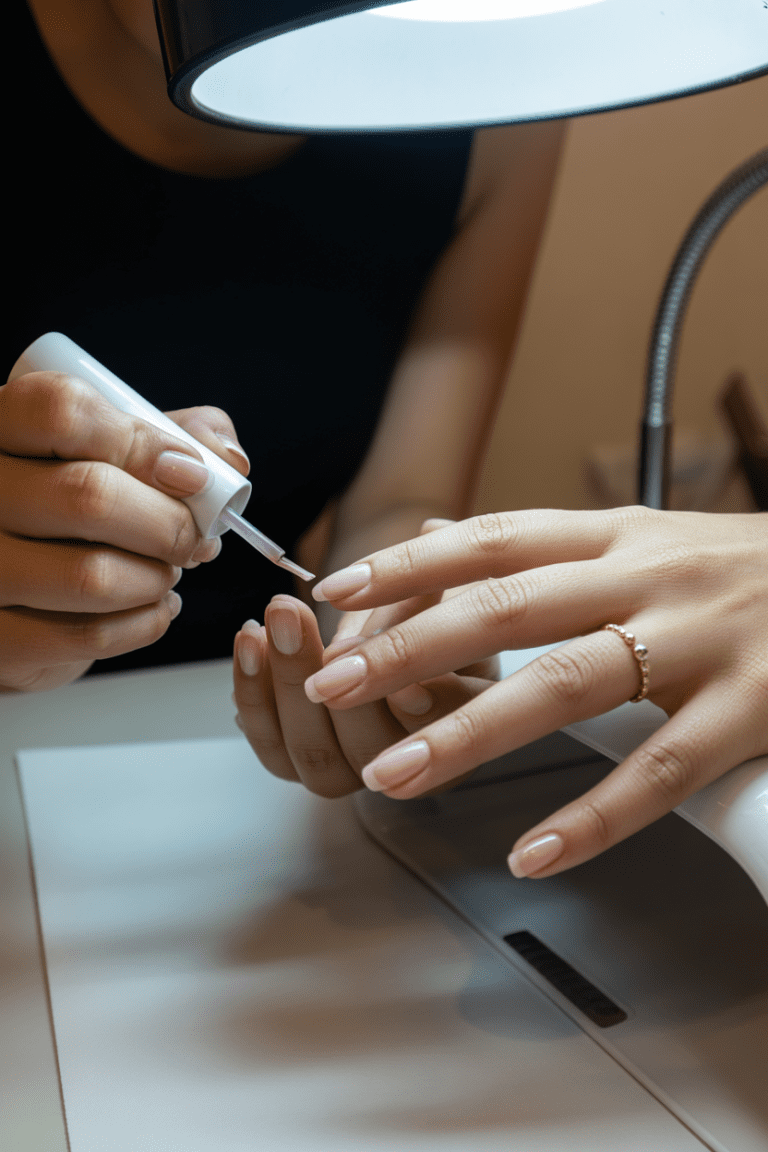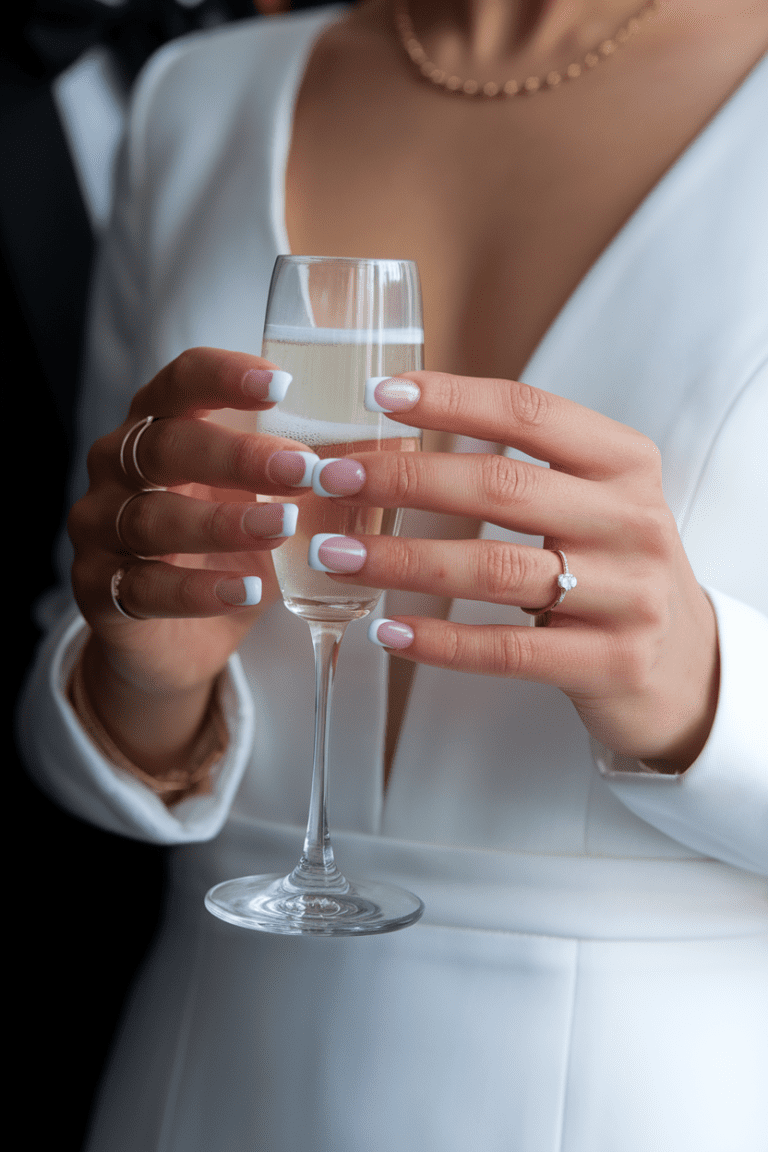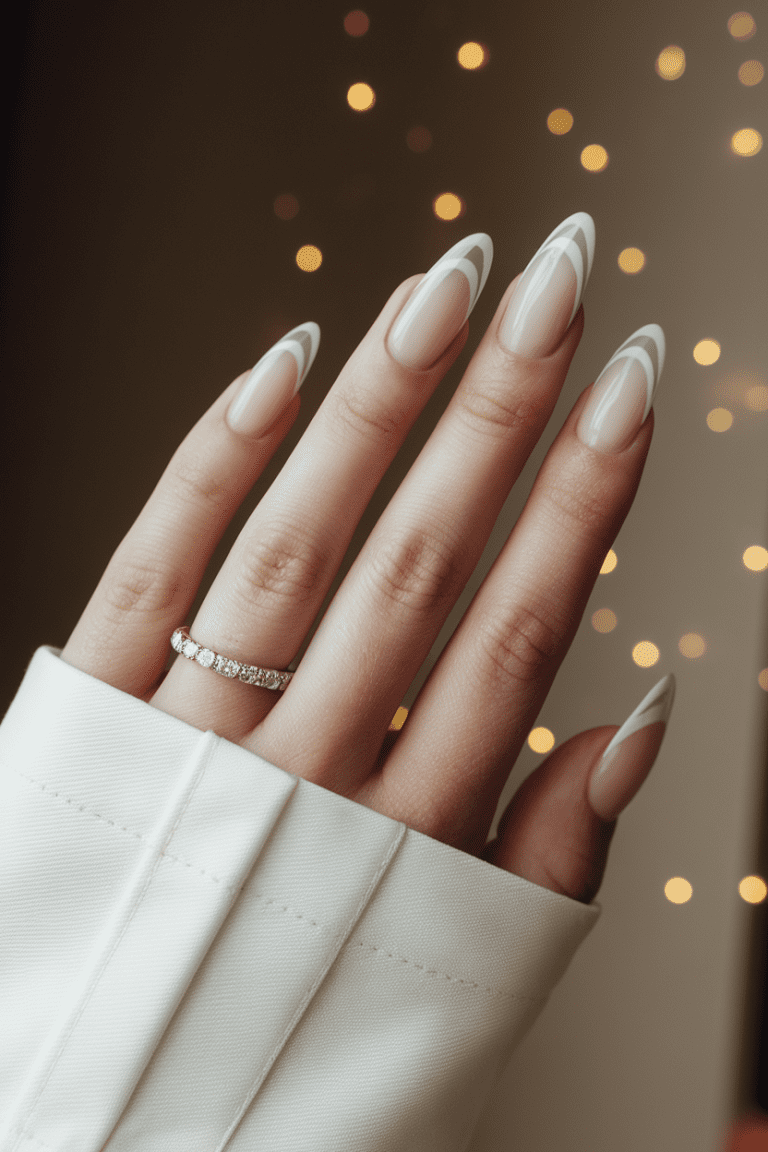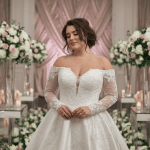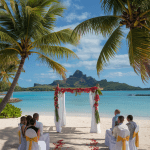Weddings have always been a reflection of cultural values, fashion movements, and personal expression. While gowns, veils, and flowers often take center stage, nails have gradually become an equally important detail in bridal beauty. What was once an afterthought has transformed into a curated choice that ties together the entire bridal look. In photographs that capture hands slipping on rings, holding bouquets, or clinking glasses, manicures now tell their own story.
The journey of wedding nails mirrors the broader evolution of beauty and style. From understated polish in the early 20th century to the bold, chrome-inspired designs seen today, brides have continuously adapted their manicures to fit the spirit of the times. Nail trends are not only about fashion but also about identity and empowerment. As brides embrace individuality, nails have become a canvas to showcase tradition, glamour, or modern creativity. Here is a look back at how wedding nail trends evolved from classic to modern styles.
The Early 20th Century: Natural and Understated
In the early 1900s, brides focused more on gowns and accessories than on nails. Manicures were rare luxuries, and when polish was applied, it was typically in natural, muted shades. Clear glosses or pale pinks dominated, creating a clean and modest look. The emphasis was on neatness and hygiene rather than fashion statements. At this time, nails were short and practical, aligning with broader societal expectations of modesty for women. Brides considered nails an afterthought, something polished just enough for formality. This era reflected a restrained view of beauty, where subtlety and simplicity defined bridal style.
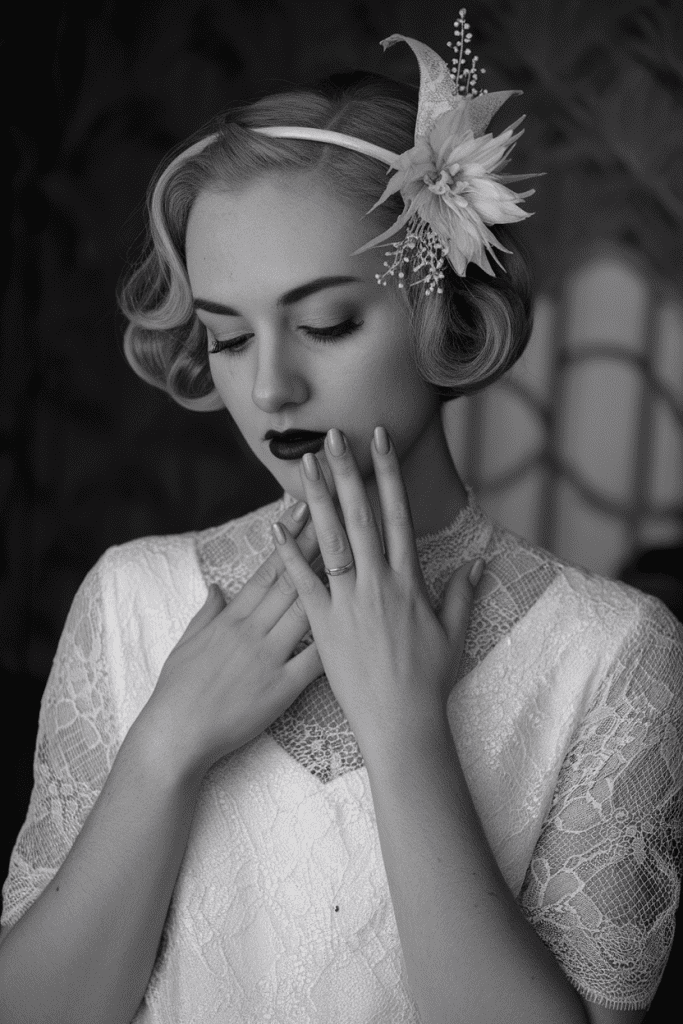
The 1950s: The Rise of the Classic Red
By the mid-20th century, Hollywood glamour began influencing bridal beauty. The 1950s saw red polish emerge as a statement of femininity and elegance. Brides were inspired by film stars like Marilyn Monroe and Grace Kelly, who popularized polished, refined looks. Red nails symbolized sophistication and confidence, marking a shift from earlier restraint. Longer nail shapes also became fashionable, as manicure culture gained prominence in beauty salons. For brides, red polish became a way to balance tradition with glamour, offering a bold detail that still felt timeless. The red manicure of the 1950s remains one of the most iconic bridal styles.
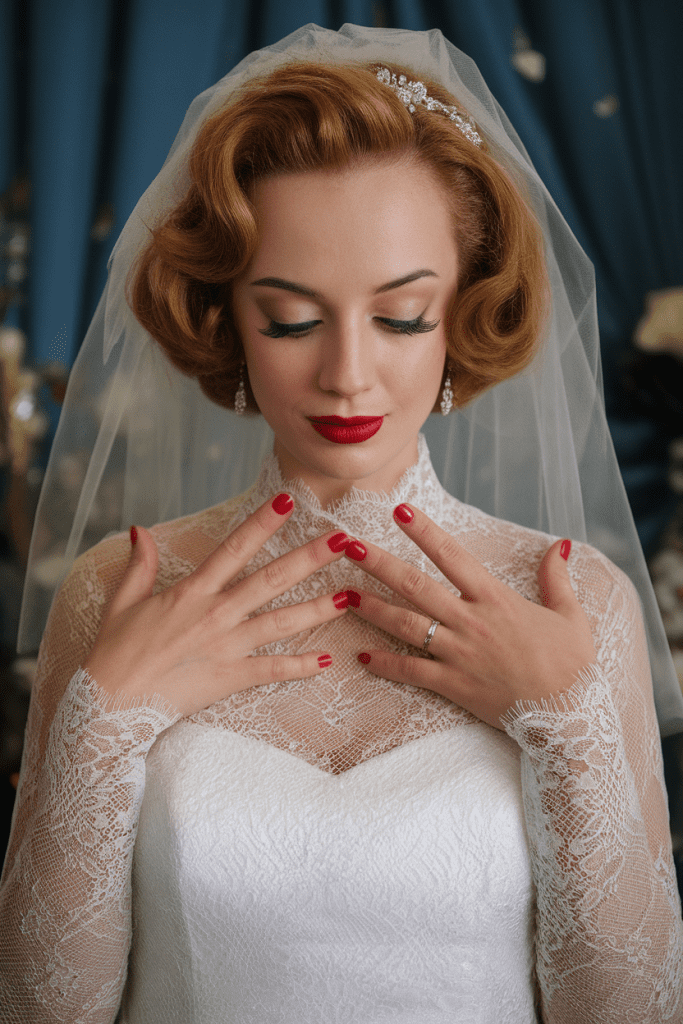
The 1970s: Experimentation and Earthy Tones
The 1970s brought a wave of experimentation across fashion and beauty, and bridal nails were no exception. Earthy tones like browns, oranges, and muted greens appeared alongside more daring colors. Brides who embraced bohemian aesthetics chose nails that reflected individuality rather than tradition. Nail length and shape varied widely, from natural short nails to longer, almond shapes. The decade emphasized freedom of choice, allowing brides to step away from strict conventions. Wedding nails became more reflective of personal style, whether understated or bold. This period marked the beginning of nails as a true extension of bridal personality.
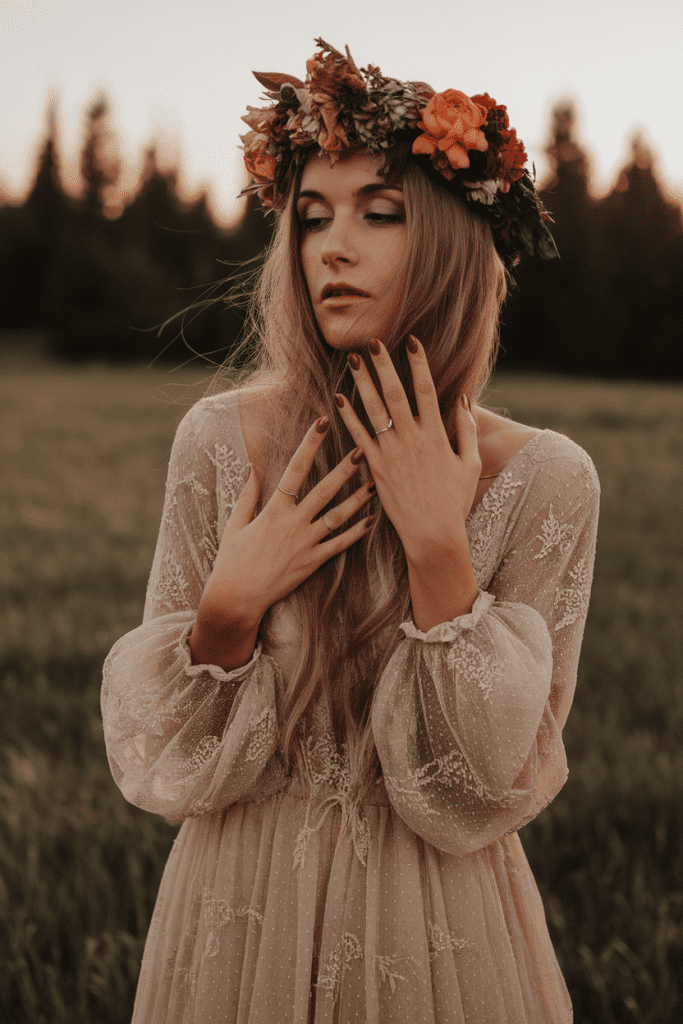
The 1990s: The French Manicure Era
No wedding nail trend is as synonymous with the 1990s as the French manicure. With its crisp white tips and nude base, the style offered clean sophistication that worked with every gown. Brides loved the balance of elegance and neutrality, making it one of the most universal choices. French manicures photographed beautifully, adding to their popularity. The trend reflected the minimalism of the 1990s fashion landscape, where simplicity and refinement reigned supreme. While understated, the French manicure allowed brides to feel polished without drawing too much attention. It became a bridal standard that continues to hold influence today.
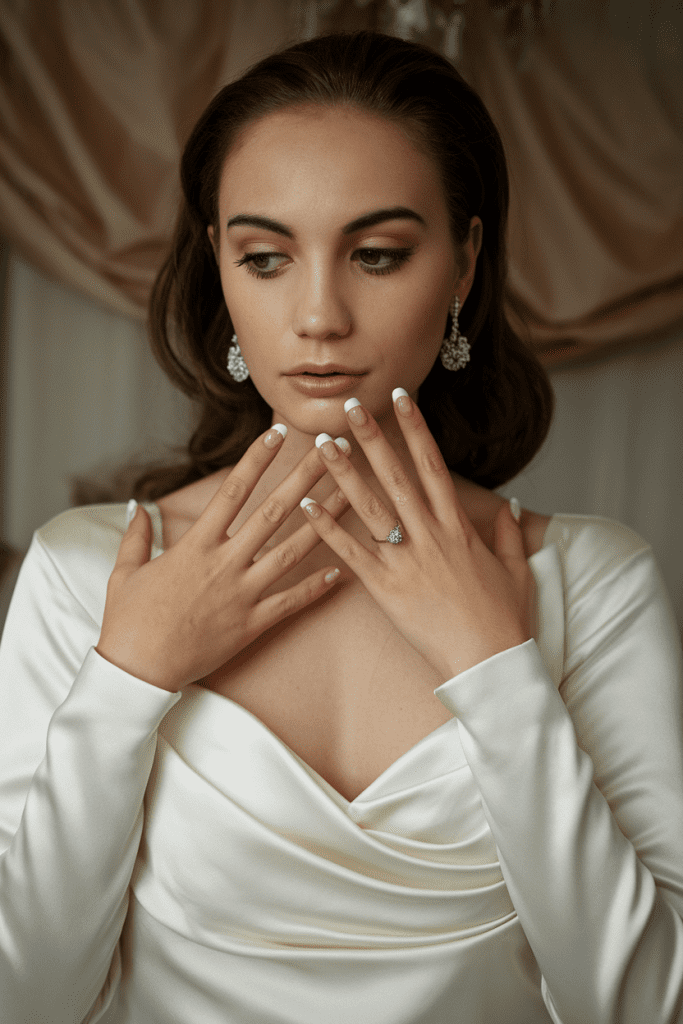
The 2000s: Sparkle and Glamour
The early 2000s saw a surge of glitter, rhinestones, and shimmer in bridal nails. Brides embraced extra sparkle to match embellished gowns and sparkling accessories. Acrylic nails also became mainstream, allowing brides to achieve longer and more dramatic looks. The trend reflected the glamour-heavy fashion of the era, where maximalism was celebrated. Nail art began appearing more frequently, from rhinestone accents to bold patterns. For brides, nails became a statement accessory rather than just a finishing detail. The 2000s represented a shift toward personalization and extravagance in bridal beauty.
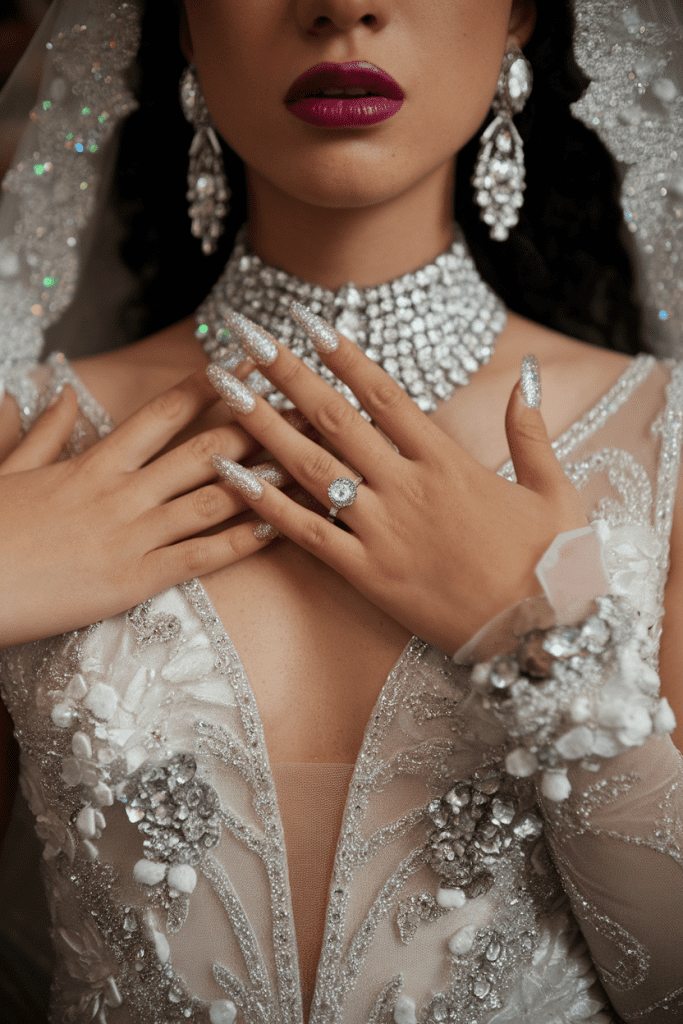
The 2010s: The Age of Nail Art
The 2010s revolutionized wedding manicures with the rise of social media and nail art culture. Brides began experimenting with ombre effects, intricate designs, and jewel accents inspired by Instagram and Pinterest. Gel polish became popular, offering longer-lasting finishes perfect for wedding days and honeymoons. Nude tones, blush shades, and metallics dominated, giving brides elegant yet creative options. For the first time, nails became an intentional part of bridal planning, with brides scheduling trial runs alongside hair and makeup. This decade marked the democratization of nail trends, where inspiration spread globally within minutes. Bridal nails were no longer an afterthought—they were a focal point of self-expression.
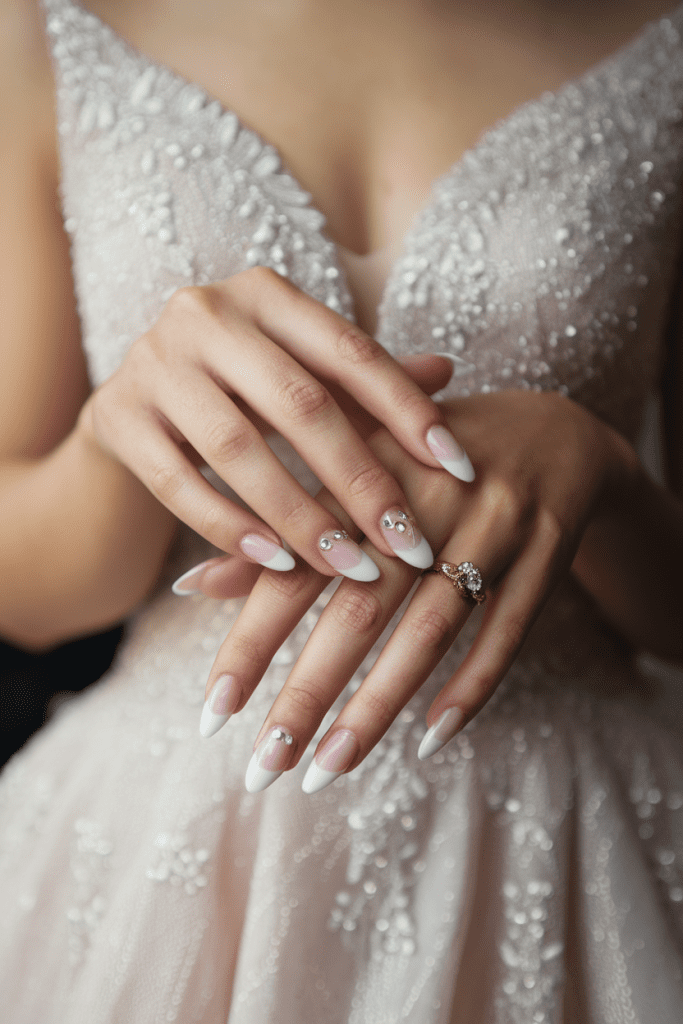
The 2020s: Modern Innovation and Individuality
Today, bridal nails reflect the era’s emphasis on individuality and innovation. From minimalist nude chrome to bold neon statements, brides have endless choices to match their personal style. Sustainable polishes and at-home gel kits have also gained popularity, aligning with broader wellness and eco-conscious movements. Current trends highlight versatility: French ombre twists, holographic chrome, and soft pearl finishes coexist effortlessly. Brides now see nails as part of their storytelling, whether through subtle elegance or bold creativity. The modern bride is empowered to choose nails that reflect her personality, ensuring her manicure feels just as significant as her gown or jewelry.
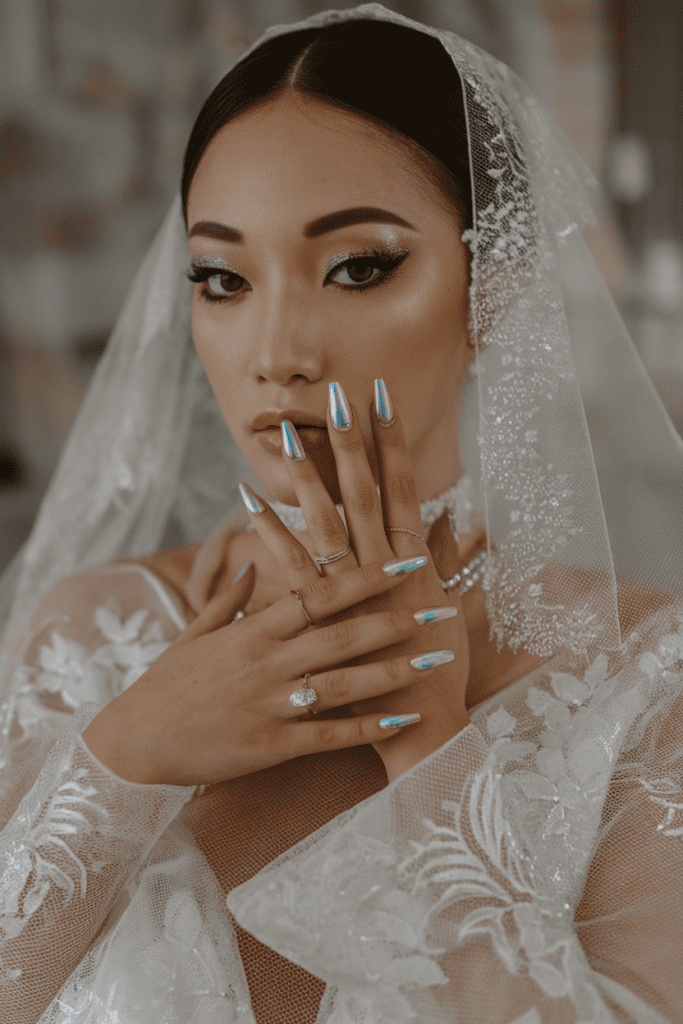
Final Thoughts
The evolution of wedding nails mirrors cultural shifts in beauty, fashion, and self-expression. What began as a simple polish choice has transformed into an intentional detail that completes the bridal look. From the understated nails of the early 20th century to today’s diverse and innovative designs, each era reflects its unique vision of femininity and style. Modern brides have the freedom to blend tradition with creativity, ensuring their nails feel personal, timeless, and unforgettable. In many ways, the evolution of wedding nails tells the broader story of how brides themselves have embraced individuality and empowerment over the decades.
